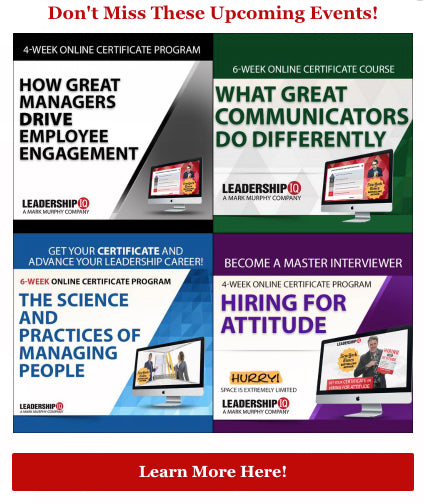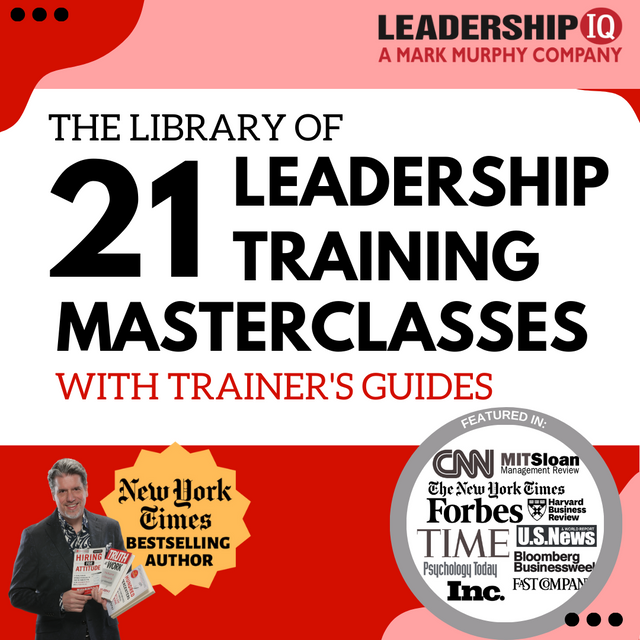Understanding the Impact of Company Culture
What is the secret sauce that makes some companies thrive while others struggle? The answer often lies in the company culture.
Company culture, an often intangible yet powerful force, shapes the way businesses operate. It influences everything from employee motivation to job satisfaction.
But how can we understand this complex phenomenon? Enter the world of company culture theories. These theories provide a framework for understanding, analyzing, and shaping the culture within an organization.
From Edgar Schein's model of organizational culture to Charles Handy's cultural typology, these theories offer valuable insights. They help us understand the dynamics of the workplace and how to harness them for success.
In this article, we will delve into these theories, exploring their implications for leadership, goal-setting, and talent development. We will also examine how understanding these theories can lead to more effective strategies for fostering a positive work environment.
So, are you ready to unlock the power of company culture? Let's dive in.
The Essence of Company Culture
Company culture is more than just a buzzword. It embodies the values, beliefs, and behaviors shared within an organization. It dictates how employees interact, make decisions, and approach their work.
Think of it as the personality of your company. It can attract talent, drive performance, and shape reputation. A strong culture acts as a guiding compass, aligning the team with shared goals and purpose. It impacts everything from day-to-day operations to long-term strategies. Understanding its essence is crucial for driving organizational success. It's not just about what the company does, but how it does it.
Key Company Culture Theories
Several theories offer insights into the nuances of company culture. These frameworks help leaders understand and shape organizational dynamics effectively. While each theory has unique elements, they all aim to decode the complex interactions within a workplace.
Here are three prominent company culture theories:
- Edgar Schein's Model of Organizational Culture: This model delves into the layers of culture, exploring both visible and invisible elements.
- The Competing Values Framework: This framework categorizes cultures into four types, each with distinct characteristics and management styles.
- Charles Handy's Cultural Typology: This typology identifies various culture archetypes, highlighting how different environments operate under varied influences.
Understanding these theories allows leaders to align company culture with strategic goals. They provide the tools needed for analyzing and evolving cultural practices. By leveraging these concepts, managers can foster environments that motivate and engage employees.
Edgar Schein's Model of Organizational Culture
Edgar Schein's model is a cornerstone in understanding corporate culture. It breaks culture into three levels: artifacts, espoused values, and basic underlying assumptions. Artifacts are visible elements like dress code or office layout. Espoused values reflect the company's stated norms and standards.
Underlying assumptions, the deepest level, are ingrained beliefs driving behavior subconsciously. This model helps leaders see beyond surface elements, uncovering what truly influences their workplace culture.
The Competing Values Framework
The Competing Values Framework provides a structured view of organizational culture. It identifies four main types: clan, adhocracy, market, and hierarchy. Clan cultures focus on collaboration, like a family working together. Adhocracy cultures thrive on innovation, encouraging creative risk-taking.
Market cultures prioritize competition and results, driving performance through clear objectives. Hierarchies emphasize order and control, valuing structured leadership. This framework helps in navigating diverse cultural landscapes within a company.
Charles Handy's Cultural Typology
Charles Handy's cultural typology introduces a different angle to organizational culture. He identifies four main types: power, role, task, and person cultures. Power cultures revolve around central figures who wield control. Role cultures highlight defined roles and responsibilities, favoring order and stability.
Task cultures are project-oriented, harnessing diverse skills for dynamic problem-solving. Person cultures prioritize individual talent, often seen in creative environments. By recognizing these types, leaders can understand the prevailing culture and strategize accordingly.
Culture's Influence on Motivation and Satisfaction
Company culture plays a crucial role in employee motivation and job satisfaction. A positive culture creates an environment where employees feel valued and engaged. When individuals see their contributions aligned with the organization’s values, their commitment grows.
Conversely, a misaligned or toxic culture can lead to dissatisfaction and disengagement. Employees may feel undervalued or disconnected from the company's mission. Understanding how culture affects these elements is key for leaders aiming to boost performance and morale. A well-aligned culture acts as a motivational force, driving both individual and collective success within the organization.
Aligning Goals with Company Culture
Aligning corporate goals with company culture is essential for cohesive progress. When goals reflect an organization’s cultural values, employees are more likely to embrace and pursue them. This alignment ensures that everyone moves in the same direction with shared purpose.
Mismatched goals can create confusion and resistance among team members. Such misalignment might lead employees to question their contributions or the company’s vision. Leaders must carefully craft goals that complement their existing culture to foster a collaborative atmosphere. By doing so, they cultivate engagement, drive performance, and enhance job satisfaction across the organization.
Strategies for Culture Change and Development
Organizations need to evolve their cultures to adapt to changing environments. Strategic culture change requires a thoughtful approach that respects established values while embracing new practices. This delicate balance ensures a smooth transition without alienating employees.
Development programs focusing on leadership, communication, and inclusivity can enhance cultural growth. Encouraging open dialogue and feedback helps identify areas for improvement. By nurturing a culture of continuous learning, companies can foster innovation and resilience. Implementing these strategies creates a dynamic environment where employees feel valued and motivated to contribute their best.
Implementing Culture Change Models
To implement effective culture change models, leaders should start with clear communication of objectives. Involving employees at all levels in the process helps gain buy-in. Empowering change agents within the organization accelerates transformation and ensures lasting impact.
Measuring Cultural Effectiveness
Measuring cultural effectiveness is vital to understand progress. Regular assessments through surveys and feedback loops gauge employee sentiment and identify strengths and gaps. These insights enable organizations to refine their strategies, ensuring the culture evolves in alignment with organizational goals.
Case Studies: Culture Change in Action
Examining real-world examples reveals the complexities and successes of culture change. Take Zappos, renowned for its strong company culture. When Zappos shifted to a holacracy model, the cultural landscape evolved significantly. This bold move highlighted the importance of adaptability and transparent communication during change. Understanding these dynamics can guide others facing similar cultural transitions.
The Role of Leadership in Shaping Culture
Leaders are pivotal in crafting and sustaining company culture. They set the tone, influencing behaviors and guiding values. Leadership styles can either foster a culture of trust or breed skepticism among employees.
Consider leaders who embody authenticity and transparency. They inspire their teams, promoting a cohesive and motivated workforce. Conversely, a lack of cultural alignment in leadership can lead to discord and disengagement.
By actively engaging with employees and promoting open communication, leaders can nurture a thriving workplace culture. Consistency in actions and words reinforces the desired cultural norms, ensuring long-term organizational success.
Conclusion: The Continuous Evolution of Company Culture
Company culture is not static; it evolves as organizations grow and change. Embracing this evolution ensures continued relevance and competitive advantage. By understanding and adapting company culture theories, leaders and HR professionals can drive positive transformation, fostering environments where employees thrive and organizational goals are met.











